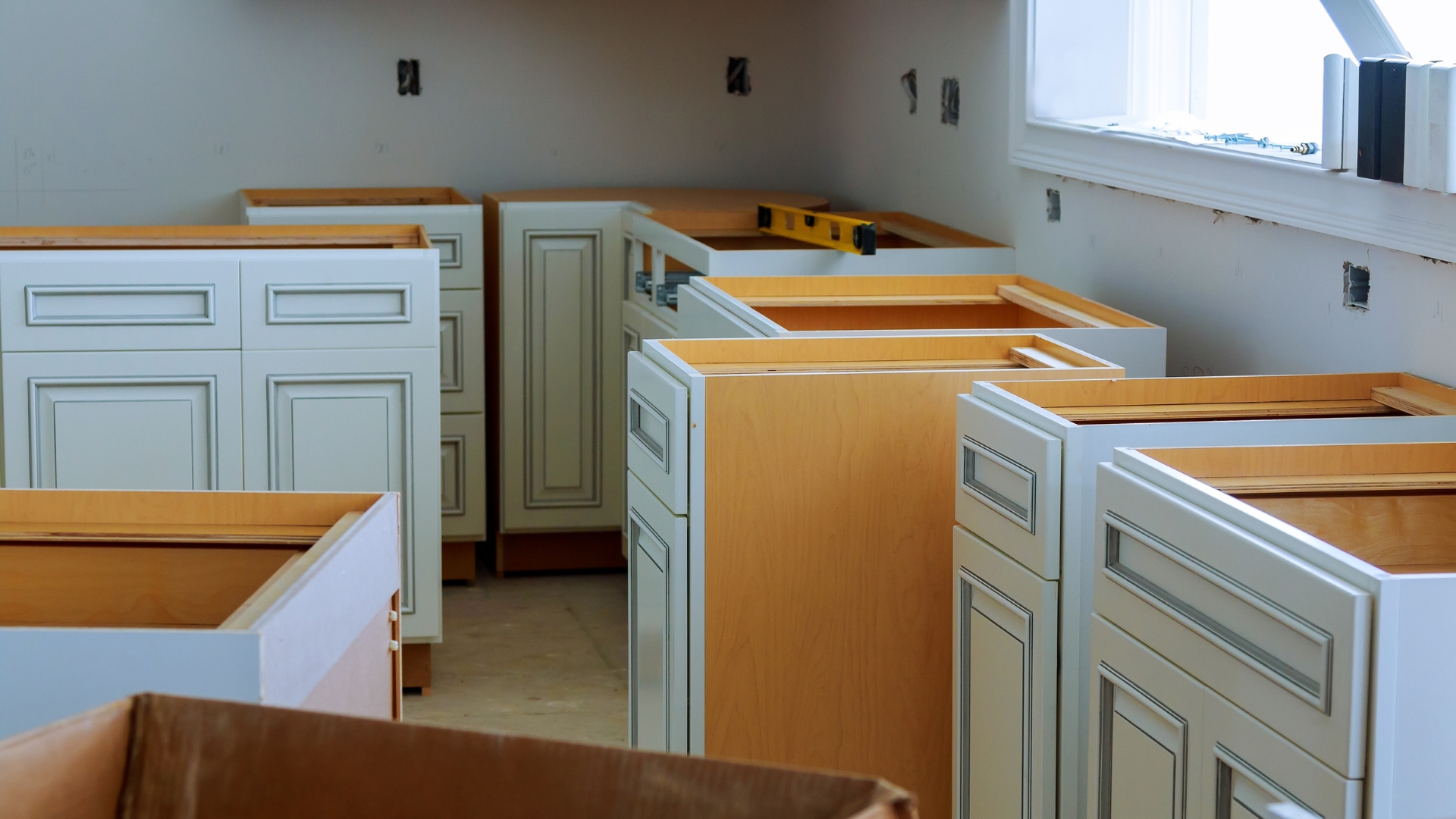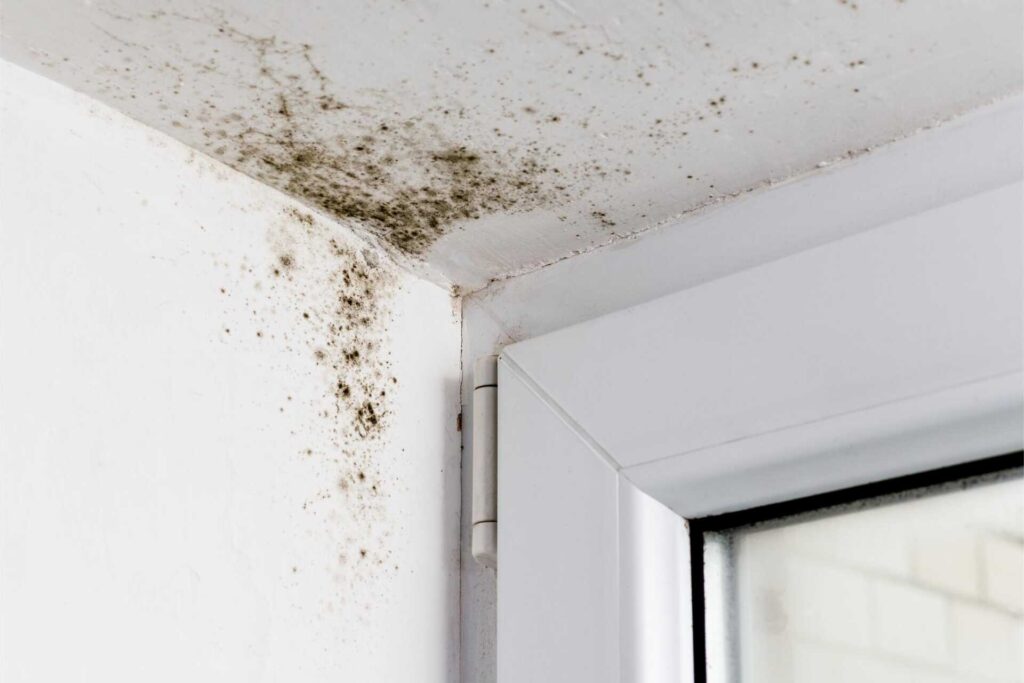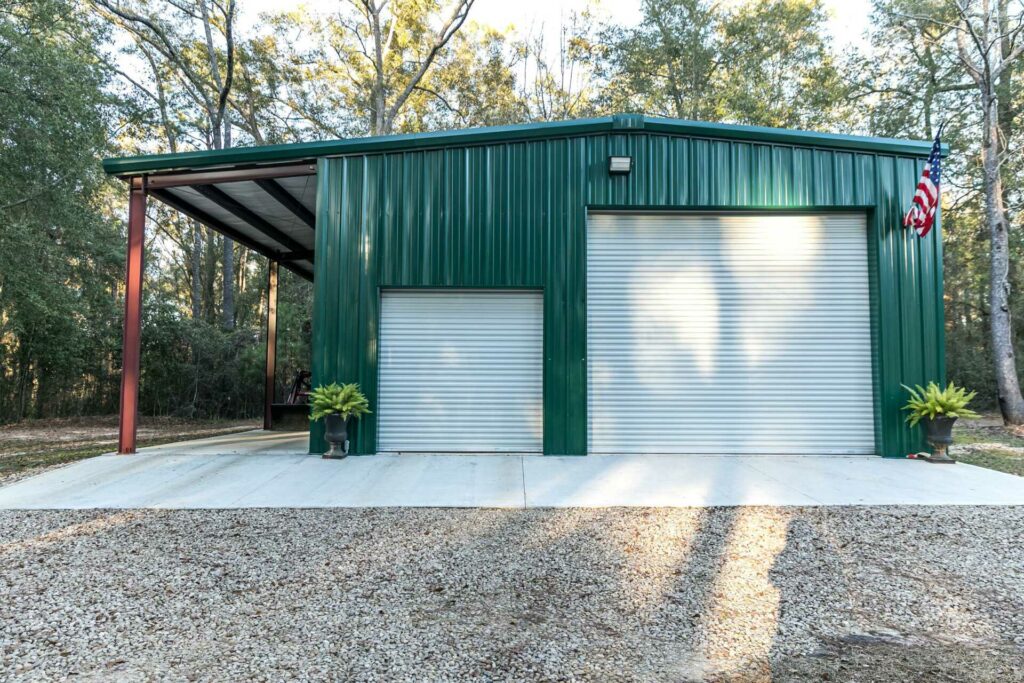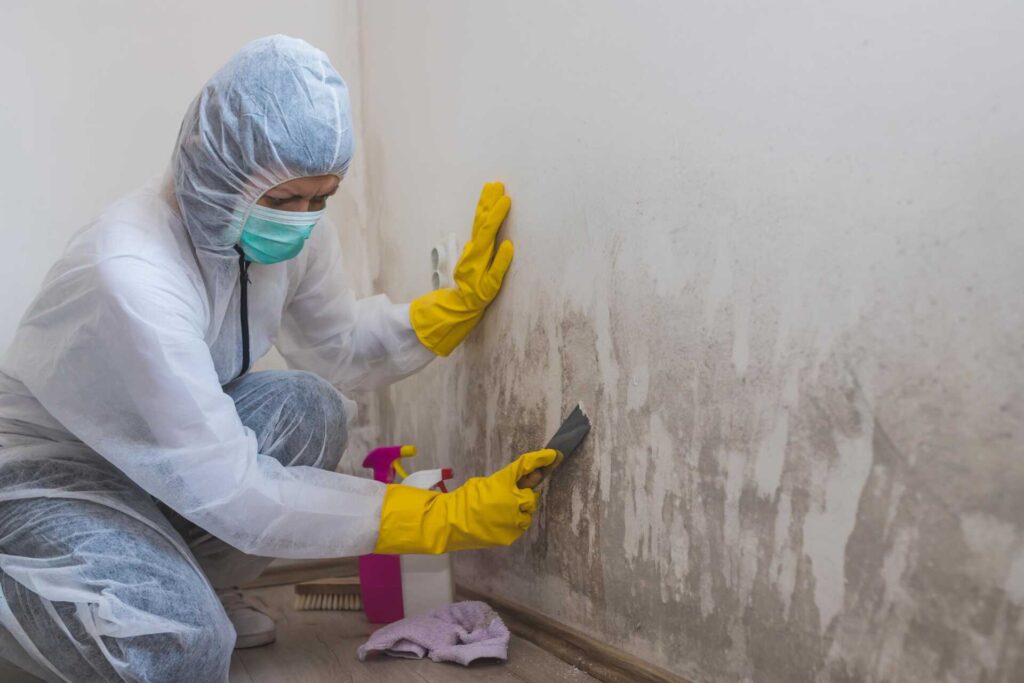Contents
Wait, I Can Recycle Cabinets?
Are you remodeling your home and don’t like your current cabinets? Then don’t dismantle and dispose of your cabinets. Investing in custom cabinets is a good idea because they can be used again. Did you know that kitchen cabinets can be reused? This is because remodeling cabinets lets you save money while giving a room a fresh look.
In this blog post, we’ll look at the benefits and drawbacks of removing custom cabinets and some precautions you should take to ensure a successful removal and relocation.
Key Takeaways
- Investing in custom cabinets is a good idea because they can be used again.
- In this blog post, we’ll look at the benefits and drawbacks of removing custom cabinets and some precautions you should take to ensure a successful removal and relocation.
- Unlike stock cabinets, custom cabinets look more finished.
Pros of Removing Custom Kitchen Cabinets
- Unlike stock cabinets, custom cabinets look more finished. With custom cabinets, you can make something unique that fits your style.
- They can be built to fit your needs.
- Cons of Removing Custom Cabinets
- Repairs can be very costly.
Because they are made from scratch, they take more time than already-made cabinets.
Steps to Remove Your Custom Kitchen Cabinets
Demolition Stage
- Empty All Your Cabinets
- Before demolishing, remove all pots, pans, silverware, and other items from the cabinet. If the kitchenware is not stored properly, it may break during removal. There are also deadbeats on the cabinet, making removal more difficult.
- Move the above items to a separate room, not near your demolition area.
- Cover these items with a sheet to keep debris and dust out.
- Turn Off the Water in the Sink
- Because the base cabinets are connected to the countertop, you must first remove the counter. This entails removing the sink. To avoid flooding in your home, we recommend you turn off the water supply to your sink before pulling it out.
- Look for a shut-off valve under the sink. A metal one will be connected to the pipe leading to your sink. Turn counterclockwise until the water stops flowing.
- Turn on your kitchen sink faucet to see if the water has stopped flowing.
- Cut Off the Supply of Electricity to the Room
- Turn off the power to the area where work is being done to keep yourself safe. Locate your home’s breaker box.
- Open it and look for the switch that controls the electricity in your kitchen. The word “Kitchen” should appear on the circuit breaker if everything is in order. Switch it off. The breaker box can be found in your laundry room or basement.
- Turn off the power to the entire house, especially if your circuit breaker is unlabeled. This switch is located at the top of the service panel. Most of the time, it’s a double-wide switch.
- Cover any exposed wires with rubber if your kitchen is older. This rubber is available at local hardware stores.
- If You’re Keeping the Countertop, Cover Them
- If you intend to reuse your countertops with a new cabinet, make sure they are covered and protected.
- Cover it with a flat piece of wood to prevent dents when a tool falls on it.
- Remove Any Molding on the Cabinet
- Small nails or staples loosely hold decorative molding, making it easily removable. You can remove them with a crowbar or a hammer.
Detaching the Wall Cabinet
- Place the supporting block under the wall cabinet you’re working on. This is in the event your hand slips while working, so the cabinet wouldn’t crash to the floor.
- Remove the cabinet doors
- Open the cabinet door, and use a screwdriver to unscrew the doors from their hinges. Firmly hold on to the door while you remove the last screw.
- Take out the shelves
- Before you remove cabinets, remove the shelves, so they do not interfere with the removal of the cabinet. If the shelves are screwed to the wall, use a screwdriver to locate all the support screws that keep them in place.
- Remove the screws holding the cabinet door together. After installation, some cabinets are screwed. Look inside to the side to see if any screws need to be removed. These screws are sometimes found around door hinges, so keep an eye out for them.
- Unscrew the Cabinet from the Wall
- Lift the cabinet from the wall and move it out of the way
- The same process should be repeated for the other cabinets
Removing Custom Kitchen Cabinets
- Remove the drawers from the cabinet. Before removing the drawers, make sure they are empty. Use a screwdriver to remove drawers with different mechanisms and move them out of the way, so you don’t trip over them.
- Remove the kitchen sink.
- Lift off the countertop.
- Unfasten any screws holding the cabinet together.
- Remove the screw holding the cabinet to the wall.
- Slide the cabinet away from the wall.
- Repeat the same process from each base cabinet
With an experienced contractor’s assistance, you will better understand how reusable custom cabinetry can fit into your remodeling plans.
Find an experienced contractor near you here!




